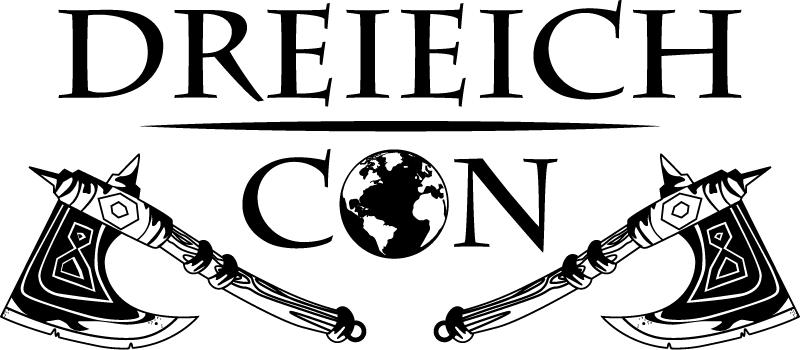Occupations in the European TTRPG Industry
The tabletop role-playing game (TTRPG) industry in Europe is an exciting and collaborative space where creativity meets community. If you’ve ever dreamed of turning your passion for storytelling and games into a career, there are many paths you can explore. Here’s a beginner-friendly look at the key roles in the industry — and where your skills might fit in.
However, here is a fair warning: We are talking about a niche industry which can only support a very limited number of professional jobs, so if you are serious about wanting to work in this field, be aware that you are facing quite a challenge.
1) Game Design and Development
TTRPG designers build the rules and worlds players experience. They focus on system design (mechanics, progression, game balance) or setting/worldbuilding (lore, world design, and story hooks). Aspiring designers should practice balancing fun and fairness through playtesting and iteration.
2) Writing and Narrative Design
If you love writing, this field offers opportunities to create modules, campaigns, and supplements. Writers may work freelance or in-house, crafting dialogue, lore, and tone-consistent narratives. Start by writing adventures for open licenses or community content programs to build a portfolio.
3) Editing and Proofreading
Editors ensure clarity and quality across TTRPG products. Roles range from developmental editing (structure) to mechanical and copyediting (grammar, consistency). Knowledge of style guides and gaming terminology is a plus. Many editors get their start working on small press or indie projects.
4) Art and Illustration
TTRPGs rely on character art, maps, and environment illustrations to spark imagination. Both digital and traditional artists are in demand. Building a strong, versatile portfolio and networking with art directors or indie creators is key
5) Graphic Design and Layout
Graphic designers handle the visual presentation of TTRPG materials. You’ll use tools like Adobe InDesign to manage typography, page layout, and formatting for print and digital (PDFs, VTT). Good design can dramatically improve the readability and appeal of a game.
6) Game Publishing and Production
Interested in the business side? Publishers oversee print production, work with printers and fulfillment, and manage digital distribution. Many smaller publishers need flexible team members who can wear multiple hats in production and logistics.
7) Project Management
TTRPG projects often involve large creative teams. Project managers handle team coordination, budgets, schedules, and crowdfunding campaigns. If you’re organized and love supporting creative work, this is a great entry point — even as a freelancer.
8) Marketing and Community Management
Marketing pros help grow and sustain player communities. They manage social media, run campaigns, and build relationships with influencers and actual play groups. If you love engaging with fans and fostering communities, this is a vibrant and growing field.
9) Sales and Business Development
For those with a commercial focus, sales and business development roles cover retail and convention sales, online distribution, licensing, and partnerships. Understanding both the creative and business sides of gaming is valuable here.
Getting Started
Breaking into the TTRPG industry often starts with freelance work, contributing to community content, or collaborating on indie projects. Building a portfolio, participating in online communities, and networking at conventions or online events can open doors. The industry thrives on passion and collaboration — and there’s always room for new voices.
Whether you’re a designer, writer, artist, or organizer, there’s a place for your talents in the TTRPG world. The first step is to start creating and connecting
Many professionals in the TTRPG industry wear multiple hats, especially at the start. Your first gigs may combine writing, editing, or project coordination. Be open to learning and collaborating across disciplines.
 English
English Deutsch
Deutsch Svensk
Svensk


